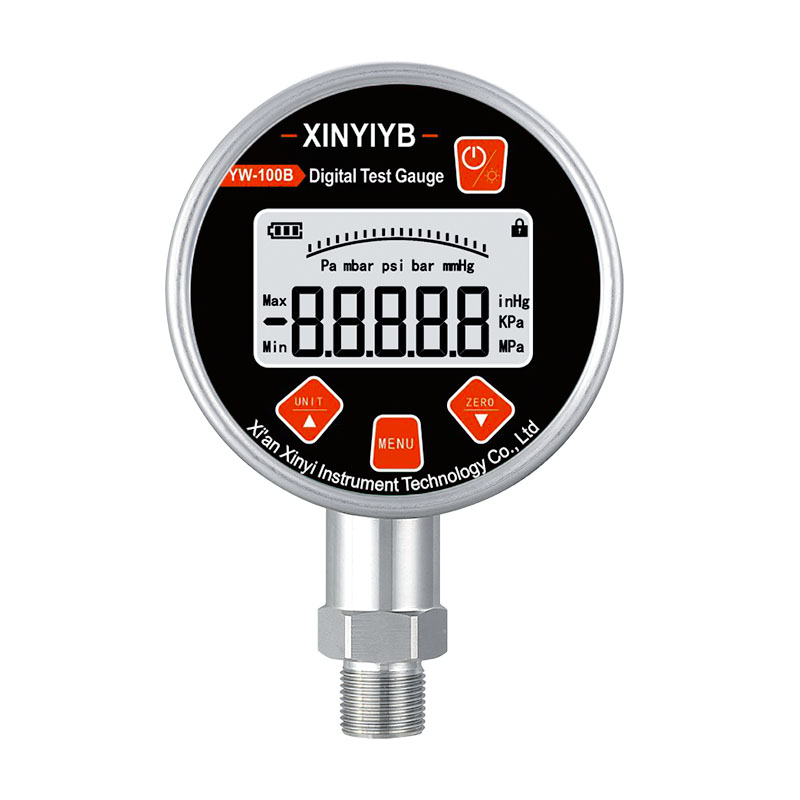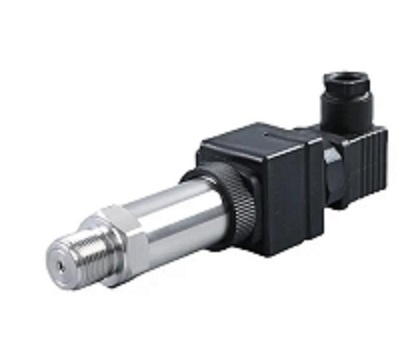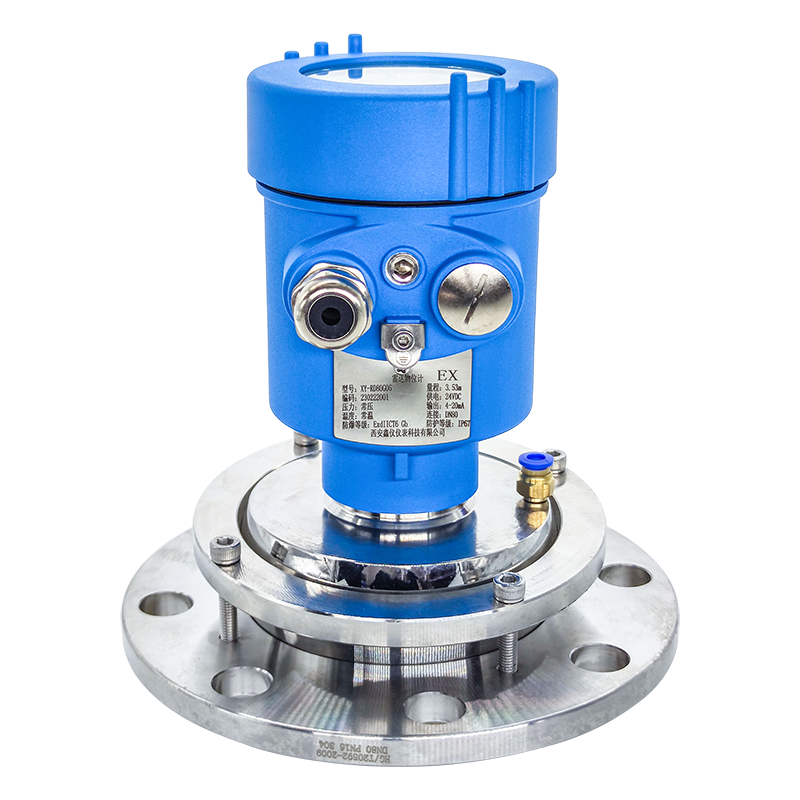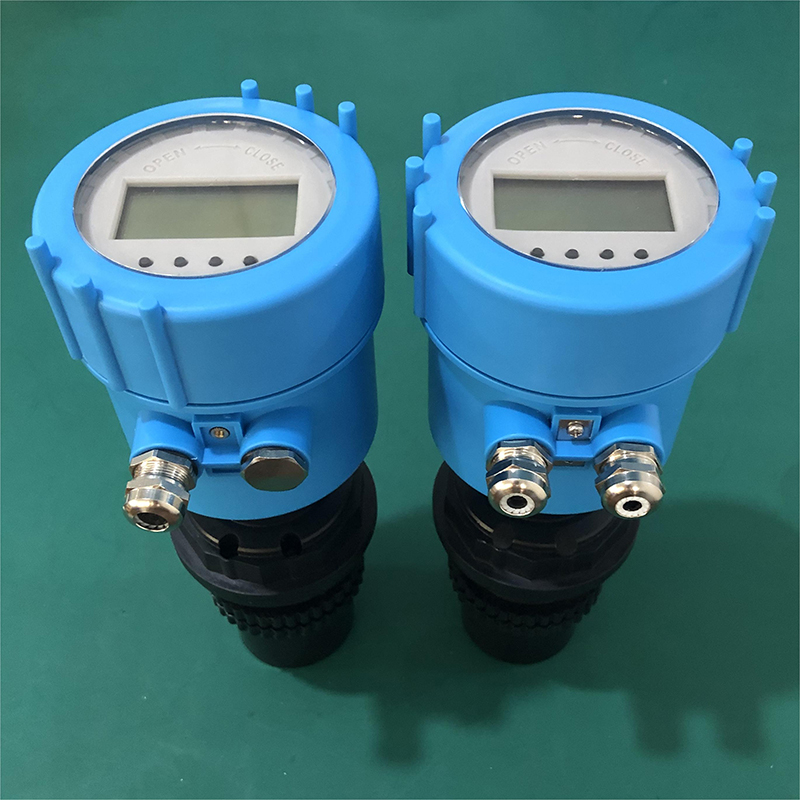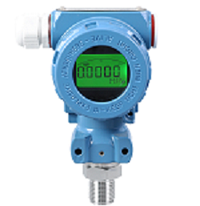How do pressure transmitters measure during work?
Pressure transmitters play a crucial role in the industrial automation and instrumentation industries. Transmitters generally have a certain amplification effect and can also convert non electrical quantities into measurable electrical quantities. Pressure transmitters, also known as differential pressure transmitters, are generally composed of the main components of pressure transmitters, such as pressure measuring sensors, module circuits, display heads, gauge shells, and process connectors. It can convert the received gas, liquid, and other pressure signals into standard current and voltage signals for supply to secondary instruments such as indicator alarms, recorders, regulators, etc. for measurement, indication, and process regulation.
The measurement principle of a pressure transmitter is that the process pressure and reference pressure act on both ends of the integrated silicon pressure sensing element respectively, and the differential pressure causes the silicon wafer to deform (with very small displacement, only μ M-level), to enable the fully dynamic Wheatstone bridge made of semiconductor technology on a silicon chip to output a mV level voltage signal proportional to pressure under the driving of an external current source. Due to the strong nature of silicon materials, the linearity and variation indicators of the output signal are both high. During operation, the pressure transmitter converts the measured physical quantity into a mV level voltage signal and sends it to a differential amplifier with a high amplification factor that can offset temperature drift with each other.The amplified signal is transformed into a corresponding current signal through voltage and current conversion, and then subjected to nonlinear correction to generate a standard current and voltage signal that is linearly related to the input pressure.
Pressure transmitter precautions:
1.Prevent the loosening device from coming into contact with corrosive or overheated media;
2.Prevent sediment from settling inside the conduit;
3.When measuring liquid pressure, the pressure tap should be opened on the side of the process pipeline to avoid sediment accumulation;
4.When measuring gas pressure, the pressure tap should be located at the top of the process pipeline, and the transmitter should also be installed on the upper part of the process pipeline,so that accumulated liquid can easily be injected into the process pipeline;
5.The pressure pipe should be installed in a place with low temperature fluctuations;
6. When measuring steam or other high-temperature media, it is necessary to connect a condenser such as a buffer tube (coil), and the working temperature of the transmitter should not exceed the limit;
7. When freezing occurs in winter, the transmitter installed outdoors must take anti freezing measures to prevent the liquid in the pressure inlet from expanding due to freezing volume, resulting in sensor loss;
8. When measuring liquid pressure, the installation position of the transmitter should avoid liquid impact (water hammer phenomenon) to avoid damage to the sensor due to overpressure;
9. When wiring, thread the cable through a waterproof joint or flexible tube and tighten the sealing nut to prevent rainwater from leaking into the transmitter housing through the cable.

Chat Online

